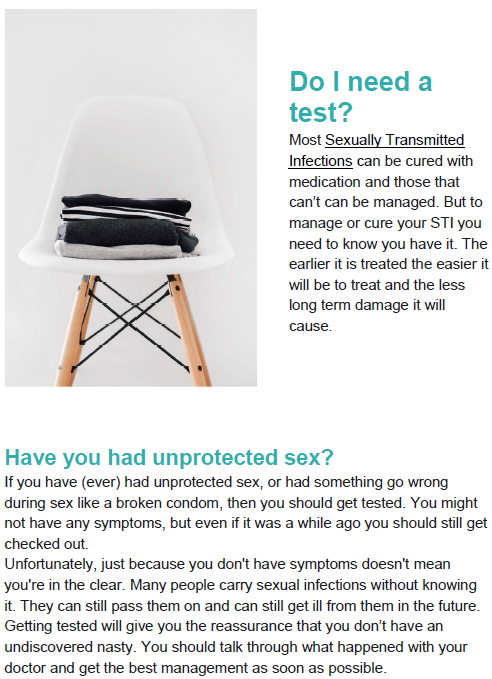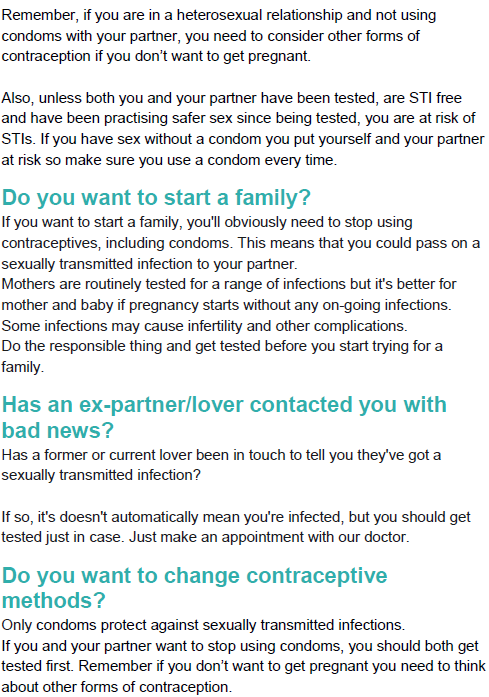How to boost your immune system
/Diet and lifestyle to support immune function during the COVID crisis.
We thought it would be helpful to share some ideas to improve your personal wellbeing and safety during these challenging times. There is a huge amount of information flying around at the moment, mostly directed at informing us how to help our patients. It is also vital that we keep ourselves and our families safe and healthy too. When testing young, usually fit, patients we invariably find a number of deficiencies - for example almost everybody is deficient in vitamin D, which is essential for many aspects of general health including immune function. Where there are deficiencies and poor dietary intake across a range of nutrients, the cumulative effects are likely to compromise ability to fight infection. It is therefore likely that many of us could benefit from improving our nutritional health, particularly at this time of increased stress, long working hours and limited access to fresh air and exercise. So we thought it would be helpful to summarise some key points on diet and lifestyle to support underlying health and optimise immune function. Whilst some of these things may sound quite basic, taken together, they may make a difference and ensure your body is in the best health to be able to fight and recover from any infection.
1. Vitamin D - official advice is to supplement during the winter months in the UK as our bodies can't produce enough from sunlight and diet tends to be a poor source as food contains only low levels. Vitamin D is an important immune function regulator and being deficient will make you more at risk. A recent meta-analysis also showed that vitamin D protected against acute respiratory tract infection (https://www.bmj.com/content/356/bmj.i6583). Everyone should be supplementing with vitamin D at this time (at least 1,000 units/day depending upon your own level). Long-term supplementation also needs vitamin A and vitamin K2 as co- factors for vitamin D to work effectively in the body. Vitamin D supplementation can reduce vitamin A in the body, which is also important for immune function, so intake of vitamin A-rich foods is important whilst supplementing with vitamin D (eg eggs, cheese, liver, oily fish, cod liver oil). Vitamin A plays a significant role in immune function in a number of ways, including production of lymphocytes, antibodies and cytokine expression.
2. Zinc is also important for immune function and everyone that we test is either deficient or has sub-optimal levels. Zinc deficiency leads to immune dysfunction and increases susceptibility to infectious diseases. Requirements tend to increase as you get older so a short-term course of 15mg ideally of zinc picolinate is likely to be beneficial for most people. Do not supplement with minerals in the long-term without professional supervision as high doses of zinc can drive down copper and iron. Zinc is best taken with protein to improve absorption and away from carbohydrate and fat. A chicken salad is perfect. If showing symptoms, you may benefit from taking a higher dose as evidence suggests high levels of intra-cellular zinc can inhibit viral replication. 50mg-100mg zinc daily for two weeks or as long as symptoms persist may be beneficial. NB This dosage should not be continued in the long-term.
3. Vitamin C - there is some evidence to support its use with studies showing reduced incidence of pneumonia in vitamin C supplemented groups. 500mg - 1g of vitamin C daily during viral outbreaks is worth considering.
4. Fruit and vegetable intake - the Mediterranean diet with good intake of vegetables, fish, lean meat, nuts, beans, olive oil and whole grains is the diet most associated with good health. Junk food diets and western-style breakfasts have been shown to increase circulating pro-inflammatory IL-17, whilst the Mediterranean diet and plantbased foods boost anti-inflammatory IL-10 levels. Aim for 3 portions of fruit and 5 portions of vegetables daily - 8 a day is a basic minimum, not something to aspire towards. Brazil nuts may be a particularly helpful inclusion as they are high in selenium. Selenium deficiency impairs immune response and increases oxidative stress, which can alter a viral genome so that a normally benign or mildly pathogenic virus can become highly virulent. Eat 2-3 brazil nuts daily for a sufficient dietary intake of selenium.
5. Dietary diversity - a diverse diet increases microbiota diversity ("good" bacteria in the gut) and research shows this is associated with improved markers of health including lower inflammatory markers and reduced frequency of infection. Aim for 30 different types of vegetables per week and vary your sources of protein (meat, fish, beans, pulses, eggs, dairy etc), fat and carbohydrate as much as possible. We appreciate food availability has been affected recently, but do what you can within the constraints of the current circumstances.
6. Probiotic foods (not probiotic medication): 70% of immune function resides in the gut and a healthy digestion is important for a healthy immune system. Aim to eat probiotic foods to boost the "good" bacteria and include foods including plain live yoghurt, kefir, sauerkraut, fermented soya and kimchi.
7. Vegetarians usually need to supplement with B12, iodine, omega 3 and often zinc and iron.
8. Stress - take steps to mitigate stress and worry where possible as stress can affect immune function - yoga, meditation and breathing exercises can all help.
9. Exercise - moderate exercise supports good immune function with inactivity and excessive exercise both being potentially detrimental. Aim to get outdoors and exercise if at all possible, being aware of course of the current restrictions.
10. Sleep - poor quality sleep impacts immune function so aim to get adequate, good quality sleep
11. You may also benefit from B-vitamin supplementation, which has been shown to be beneficial in managing workplace stress in otherwise healthy individuals and micronutrient deficiencies generally have been implicated in altered mood states. Our patients routinely report increased feeling of mental and physical wellbeing with improved diet and correction of micronutrient deficiencies.























